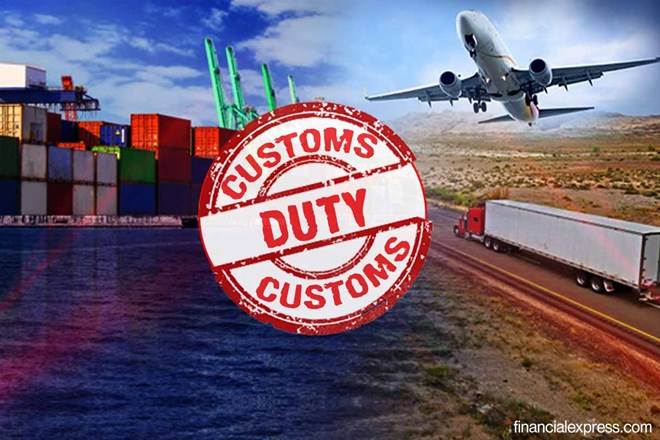
Economic development approaches reminiscent of pre-liberalisation-era industrial policies are back in vogue. This is visible in the recent Union budget hiking customs duties on products ranging from electrical appliances to automobiles. The premise is that import barriers protect domestic industries from foreign competition, and allow them to grow. A similar thought informs India’s position against a moratorium on customs duties on electronic transmissions at the World Trade Organization (WTO). Trade negotiators will discuss this issue at the WTO Ministerial Conference at Kazakhstan in June.
India agreed not to impose customs duties on electronic transmissions in 1998, under WTO’s Work Program on e-commerce. This means no duties are applied to products and services transferred electronically. Such multilateralism is designed for flexibility, and the moratorium is reversible.
E-commerce today spans areas like hospitality, audio-visual streaming, and even transmissions of code that enable 3D printing. India is concerned that the moratorium, if turned into law, may become irreversible, reducing India’s ability to apply an industrial policy lens to the digital economy. These are not legitimate concerns for several reasons.
First, India’s service industry prospers in an open trade environment, but stagnate in a closed one—90% of the revenue of open IT and IT-enabled industries comes from global markets. India is also a net importer of banking and financial services—industries protected from foreign competition. Their lack of global competitiveness translates to poor domestic performance. Only a tenth of all Indians have access to formal credit, despite the Jan Dhan Yojana.
Second, India’s protectionist stance relies heavily on a 2019 UNCTAD report, which claimed that the country can annually gain around half a billion dollars in customs revenues on electronic transmissions. However, UNCTAD assumes the prices of digital and physical products are equal, and that everything physical will one day be digital. Such tenuous assumptions don’t go unnoticed in the international sphere. OECD has rebutted this comprehensively. It estimates that India will lose 49 times more in terms of GDP, and 51 times more in terms of tax revenues, than it will gain from tariffs.
India can’t pull its weight at international forums without investing in knowledge capacities—negotiators should know that prices of digital and physical products can’t be equated because the former doesn’t require heavy investments in infrastructure, storage, and transport. And, while digital imports don’t necessarily reduce the need for physical imports, rapid digitalisation can cause an increase in physical imports of electronic equipment. India’s electronics imports will overshadow oil imports within the next decade.
Another reason is that if India imposes duties, other countries will respond in kind. India accounts for only around 2% of global trade in value added terms, and digital markets can help increase this. The government’s Champion Sector initiative, which promotes exports of competitive services like media and entertainment, recognises this opportunity. Such areas of strength must not be sacrificed at the altar of protectionism.
Digital companies seldom pay their fair share of local taxes. India’s concerns on the front of revenue losses from this are not unfounded. But, there are better ways to address them than protectionism that distorts markets. India’s Significant Economic Presence test, Equalisation Levy, and support to OECD in designing a global tax framework are all better solutions.
The next WTO meeting is an opportunity for India to adopt a propositional stance on the moratorium. A negative-list approach, allowing flexibility to identify specific products and services not covered by the moratorium, is one such idea. Such a compromise may help break the multilateral gridlock and preserve India’s digital competitiveness.
This article was originally published in The Financial Express.